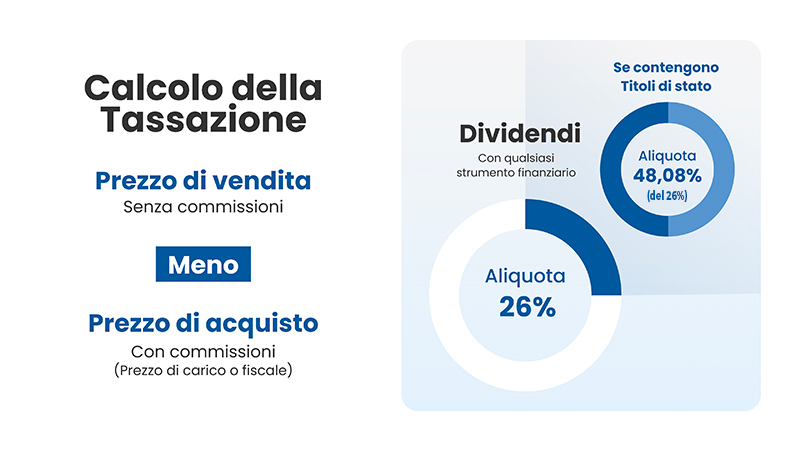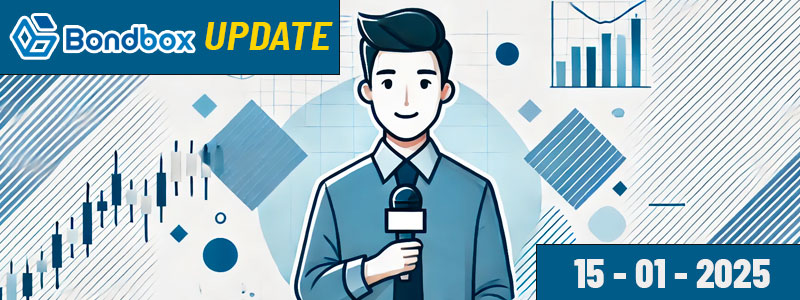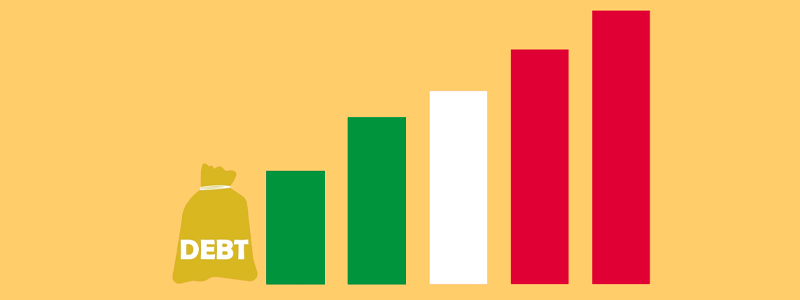
Week 05 / Aug. 12, 2024 Internationally, crisis areas continue to lack medium- to long-termpeace assumptions; on the contrary: while in the Middle East the conflict escalates following the killing in Tehran of Hamas political leader Ismail Haniyeh by Israeli special forces, Ukraine has launched a counterattack on Russian soil, striking hard in the Kursk region and seizing more than 1,000 sq. km. of territory.
1. Markets
These dynamics, coupled with fears of a possible, albeit unlikely, U.S. recession lead to continued uncertainty in financial markets. The Nikkei Index rises from lows on more accommodative Bank Of Japan policy, buoyed by a Yen that remains weak. In China, difficulties continue for the real estate sector due to excess unsold inventory weighing on prices. As for rates, a further rate cut by the ECB in late September is seen as likely, while the Fed is expected to start lowering rates perhaps in October if it does not decide to wait for the outcome of the presidential vote in November. The clear outcome of the elections in Britain has provided Labour with a clear majority, and the first statements of the new government show a willingness for domestic change and compliance with international agreements, especially with regard to aid to Ukraine.
In the EU area, additional elements of uncertainty emerge for financial markets following the instabilities of June, stemming from the outcome of voting in France and beyond. Positive elements in the EU are the average increase in disposable income resulting from the average increase in wages and the decline in inflation. In commodities, oil prices have surged since the beginning of August, but that growth appears to have slowed in the past two days, while gold is trading at $2,467 an ounce, at 10-year highs. Recall that this asset has always been a safe haven asset in times of uncertainty.
The domestic market still appears tonic, with the bond market less volatile than in June and July.
2. Major currencies
Recall that currency performance is compared with the value of the EURO. USD (U.S. dollar) was weak in the 1.093 area along with NZD (New Zealand dollar) at 1.81 and CAD (Canadian dollar) in the 1.50 area against the EURO, as well as AUD (Australian dollar) at 1.66. MXN (Mexican peso) also lost ground in the 20.76 area while ZAR (South African rand) appears to be recovering around 19.80. It remains weak BRL (Brazilian real), which trades at 6.01 against the EURO. Finally, the Indian rupee, after a period of sideways trend, has also started a bearish trend.
3. Main indexes
World stock markets experienced one of the most complex days in the past two years last Monday, August 5.
The major indexes recorded the following decreases: Nikkei -12.40%, Nasdaq -3.0%, Dow Jones -2.6%, FTSE Mib -2.4% among others. These corrections are undoubtedly motivated by renewed fears regarding a possible recession in the U.S. as a result of Powell and the Federal Reserve’s failure to act, with more accommodative monetary policies delayed following tightening that has brought rates in the U.S. market into a 5.25-5%-5,50% orbit, and by an increasingly bleak geopolitical environment, with Iran reportedly preparing to attack Israel. Keep in mind that during what has already been renamed “Black Monday,” the VIX index, which measures recorded volatility in the markets, reached heights reached in modern times only in the darkest days of the COVID-19 period. Beginning on Tuesday, August 6, in the wake of reassurance received from the U.S. market, with the subsidy figure decreasing from the previous survey, a recovery mechanism was triggered on the major indexes that produced the following increases over the next five days: Nikkei + 12.95 percent, Hong Kong + 2.93 percent, Dow Jones + 1.60 percent, Euro Stoxx 50 + 1.75 percent, FTSE Mib +2.60 percent.






